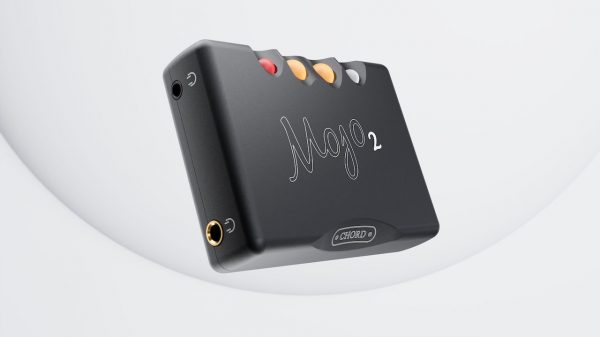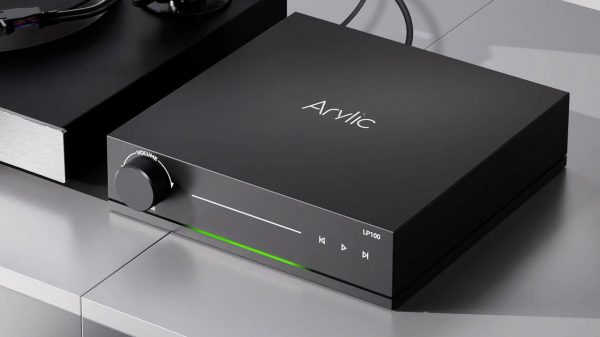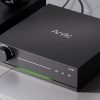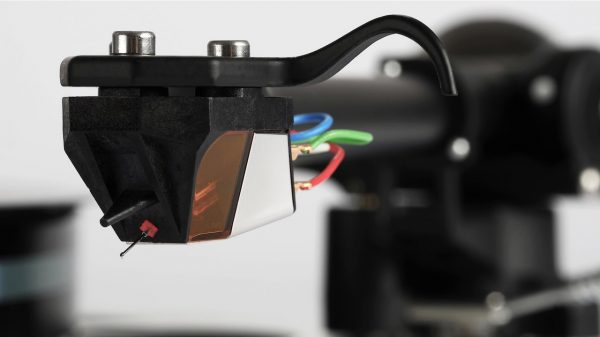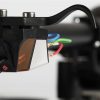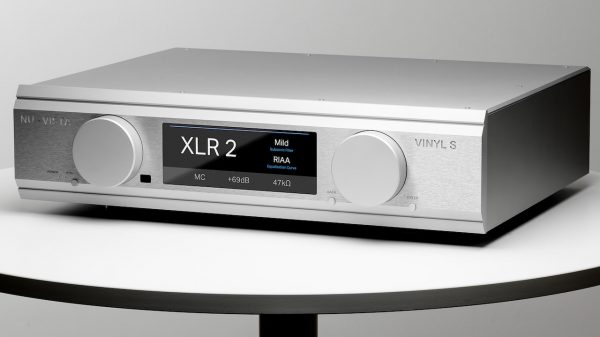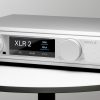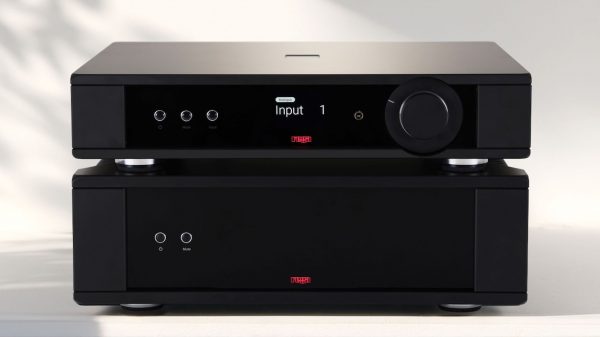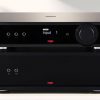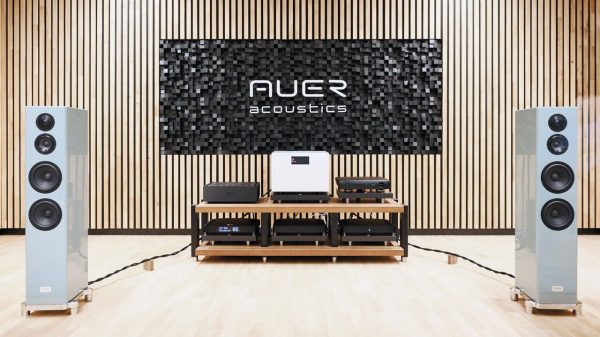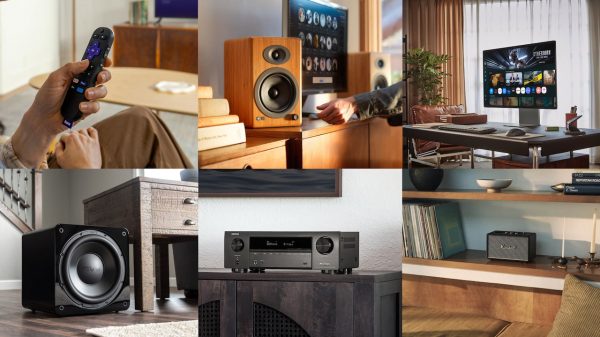Expanding Its SSD Line, SanDisk Brings Durable, High-Performance Storage To The Entire Range of Portable PCs
SanDisk Corporation (NASDAQ:SNDK) today broadened its solid state drive (SSD) product line for the portable computer market with the introduction of a 32-gigabyte (GB)(1), 2.5-inch Serial ATA (SATA) interface model, compatible with most mainstream notebook designs. Coming just two months after SanDisk introduced a 1.8-inch SSD for ultraportable notebooks, the 2.5-inch SSD is now available to PC manufacturers as a drop-in replacement for hard disk drives.
“The SanDisk 2.5-inch SSD brings the extreme durability, outstanding performance and low power consumption of solid-state flash memory to the entire notebook computer market,” said Amos Marom, vice president and general manager of the Computing Systems division at SanDisk. “As SanDisk continues to drive innovation in flash memory, the per-gigabyte price of SSD storage will come down and SSD capacity will go up. PC manufacturers and consumers will find it easier and easier to move away from rotating hard disks to the superior experience of SSDs.”
The vast majority of notebook computers manufactured today use 2.5-inch hard disk drives. The SanDisk 2.5-inch SSD fits in the same internal slot as 2.5-inch hard disks, so notebook manufacturers can switch to the SanDisk SSD without altering their hardware designs.
The key benefits of SanDisk SSDs for computer manufacturers and their customers are:
- Reliability. SanDisk SSDs deliver 2 million hours mean time between failures (MTBF)(2), approximately six times more than notebook hard disks. With no moving parts, SanDisk SSDs are also much less likely to fail when a notebook computer is dropped or exposed to extreme temperatures.
- Performance. In notebook computers, data moves to and from an SSD more than 100 times faster than data moving to and from a hard disk. SanDisk SSDs offer a sustained read rate of 67 megabytes (MB) per second(3) and a random read rate of 7,000 inputs/outputs per second (IOPS) for a 512-byte transfer(4). As a result, notebooks equipped with a 2.5-inch SanDisk SSD can boot Microsoft Windows Vista™ Enterprise in as little as 30 seconds(5) and access files at an average speed of 0.11 milliseconds(6). A notebook using a hard disk requires an average 48 seconds to boot and an average 17 milliseconds to access files.
- Power efficiency. SanDisk SSDs have minimal power requirements, with savings rated at over 50 percent compared with a hard disk drive — 0.9 watts during active operation versus 1.9 watts(7). This is particularly important in extending battery life for road warriors, enabling them to remain productive while in transit.
- Cool and quiet. Because SanDisk SSDs don’t need a motor, bearings or a moving head mechanism, they generate much less heat than hard disk drives. SanDisk SSDs are also completely silent, while hard disk drives always make at least some noise during read and write operations.
“There are several reasons computer users and manufacturers should consider SSDs as prices become more affordable,” said Joseph Unsworth, Principal Research Analyst for flash memory at the Gartner research firm. “For example, Gartner research shows hard disk failure is tied for first place with motherboard failure as the leading cause of overall hardware failure in notebooks, with each accounting for 25 to 45 percent of the total(8). The higher reliability of SSDs lowers total cost of ownership, and could be a driver for adoption of SSDs. This is part of the explanation of why Gartner projects global consumption of SSDs in consumer and business notebooks to leap from about 4 million units in 2007 to 32 million units in 2010(9).”
The 32GB, 2.5-inch SanDisk SSD is available now to computer manufacturers, with initial pricing of $350 for large volume orders. SanDisk SSDs will be demonstrated at the CeBIT show in Hannover, Germany, from March 15 to 21, 2007, in Hall 23, Stand B28, and will be featured on March 16 during the PressExpoUSA @ CeBIT 2007 event.
More information on SanDisk SSDs is available online at http://www.sandisk.com/ssd.
SanDisk is the original inventor of flash storage cards and is the world’s largest supplier of flash data storage card products using its patented, high-density flash memory and controller technology. SanDisk is headquartered in Milpitas, California, and has operations worldwide, with more than half its sales outside the U.S.
SanDisk and the SanDisk logo are trademarks of SanDisk Corporation, registered in the U.S. and other countries. All trade names are either registered trademarks or trademarks of their respective holders.
(1) 1 megabyte (MB) = 1 million bytes; 1 gigabyte (GB) = 1 billion bytes.
(2) MTBF is calculated based on Parts Stress Method of Telcordia SR-332
(3) H2BENCH 3.6: average access time = average seek time + average latency time
(4) IOMETER 2003.12.16
(5) Stopwatch test performed internally at SanDisk; notebook computer (Intel Core 2 Processor T7200, 2.00GHz, 997MHz, 1.0GB RAM DDR2-533 SDRAM); Microsoft Windows Vista
(6) H2BENCH 3.6: average access time = average seek time + average latency time
(7) MobileMark 2005; notebook computer (Intel Core Duo Processor ULV U2500), 1.20GHz, 533MHz, 1.0GB, DDR2-533 SDRAM
(8) According to “Dataquest Insight: Expect PCs to Impact the NAND Flash Market after 2008,” 15 December 2006, page 6.
(9) According to “Dataquest Insight: Expect PCs to Impact the NAND Flash Market after 2008,” 15 December 2006, page 21-22.


